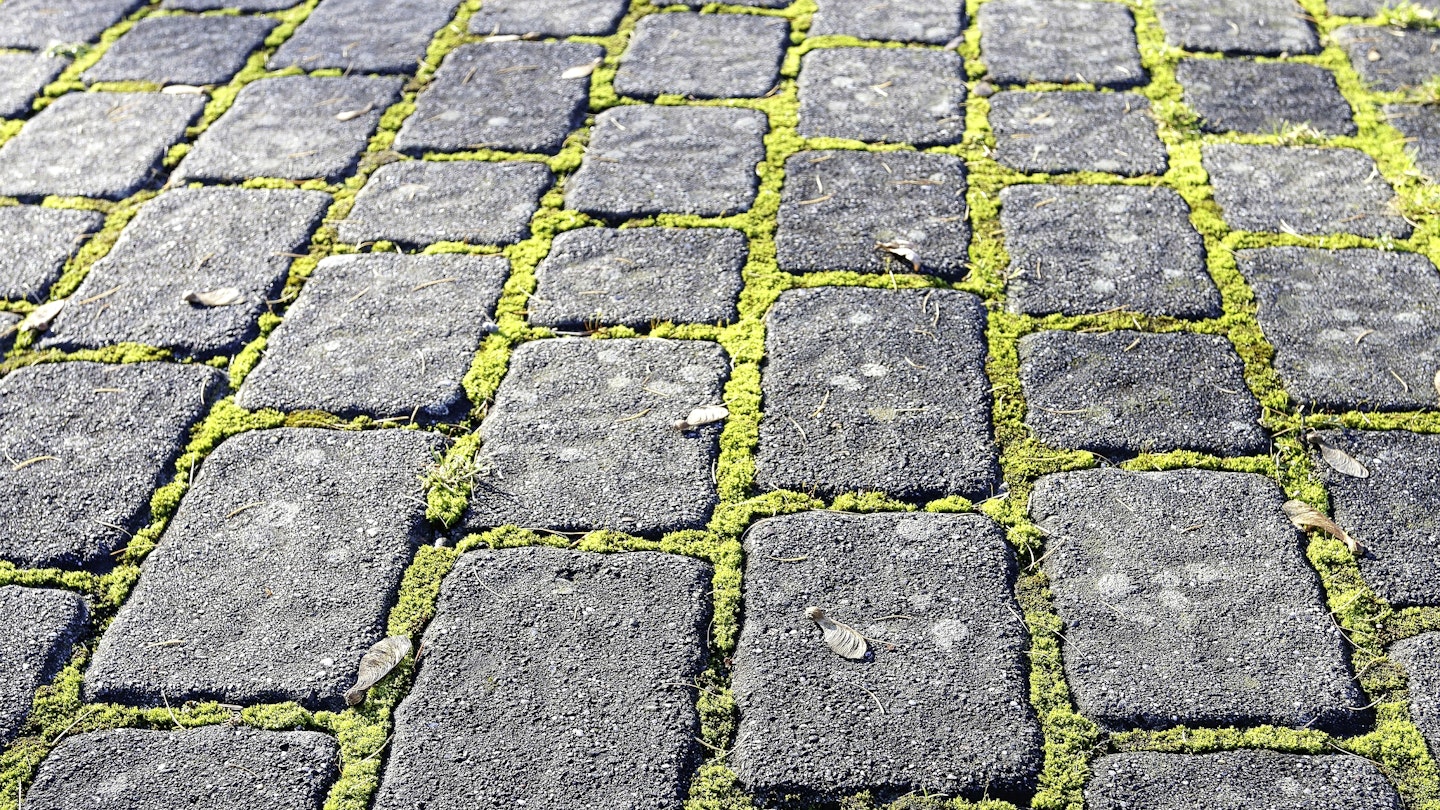For many people, a pristine lawn is paramount but moss is always likely to appear and what you do about it often depends on where the moss is growing.
A moderate amount of moss is tolerable but if it is beginning to overwhelm the grass, then using a lawn feed containing a moss killer makes sense. And on paths where the growth of moss and algae may cause them to become slippery and dangerous, a path and patio treatment is a good idea.
But everywhere else, moss can be left alone and admired for the beautiful form of plant life it is.
Mosses and their close relatives’ liverworts are collectively known as bryophytes and are fascinating and important members of the ecosystem although their beauty is always appreciated in gardens.
They are genuine, albeit fairly simple plants. They contain the green chemical chlorophyll so are able to photosynthesise and manufacture their own food in the same way as flowering plants but they differ in two main ways.
They do not have proper roots, only simple anchoring structures called rhizoids, and most importantly they do not form flowers and seeds but reproduce by means of spores which are much simpler in form and it is the spore-containing bodies that give many kinds of moss their distinct appearance.
Mosses are usually the first plants to colonise bare surfaces and their presence encourages the accumulation of tiny particles of mineral matter while they in turn begin to provide small amounts of humus, so they are extremely important in facilitating the very earliest stages of soil formation.
The common wall-colonising moss is usually a species called the wall screw-moss, and it has an ability to establish even on almost featureless brick or stone surfaces, forming a rich, deep carpet of interconnected cushions.
Most species of moss are small - only a couple of centimetres in height - but some of the species of Polytrichum or hair-cap mosses that occur on acidic moorland can attain 8cm (3in) or more and are truly impressive.
